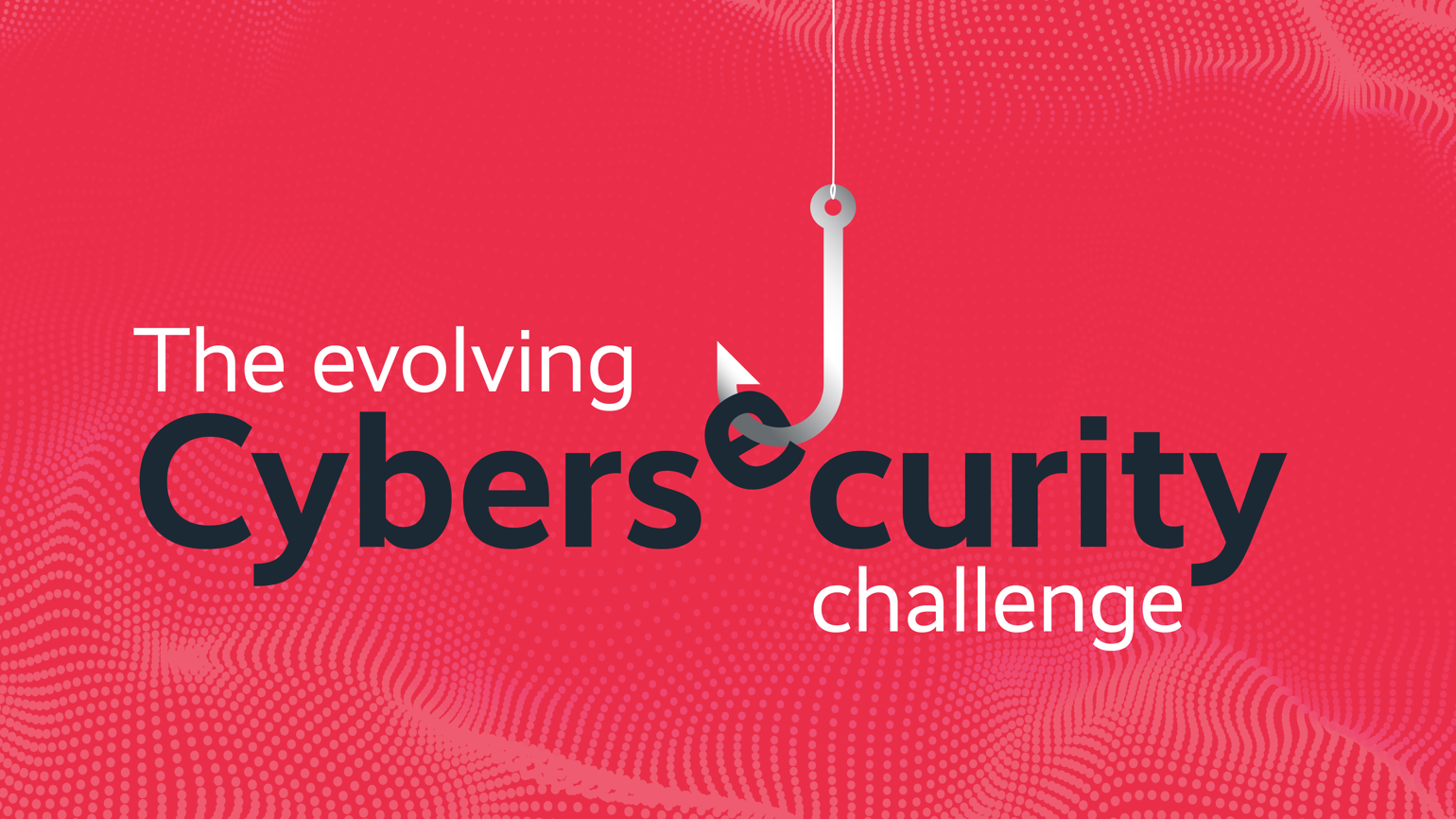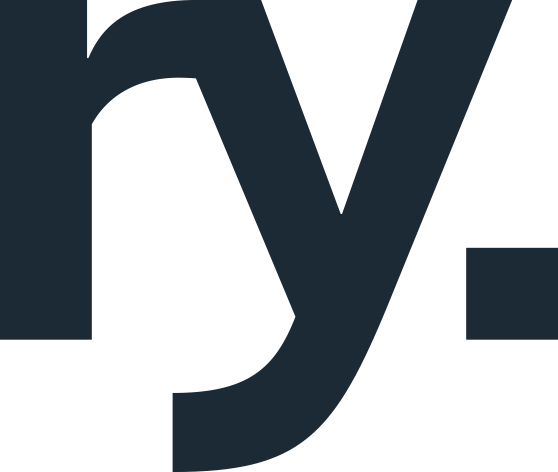Return to journal
The evolving cybersecurity challenge: why your CMS needs constant vigilance
Platform choice has never been more important than in today’s digital landscape. Read our Head of Technology Carlos Rey’s thoughts – and hear about an important lesson we learnt in our early days.

In an era where cyber threats are becoming more sophisticated by the day, selecting and maintaining the right CMS is more crucial than ever. This month, Security Week and multiple mainstream UK media outlets reported that “a North Korean hacking group has orchestrated the largest heist in crypto's history, stealing £5 billion worth of digital money from the West.” This is yet another example of the growing wave of cyberattacks that include hacking, data breaches, online fraud, and misinformation. In fact, the rise in vulnerabilities and sophisticated cyber threats was highlighted in the World Economic Forum's Global Cybersecurity Outlook 2025.
As these attacks grow more complex, cybersecurity measures must evolve rapidly. Governments and organisations are focusing more on safeguarding their digital infrastructures, implementing stronger data protection protocols, real-time threat monitoring, and adhering more strictly to international cybersecurity standards.
When managing digital assets, the choice of a content management system (CMS) plays a pivotal role. Popular CMS platforms like WordPress are particularly vulnerable if not developed robustly, regularly maintained and updated in a timely manner. Many companies selected these systems during quieter times, enjoying their low cost and user-friendly nature, making them accessible even to beginners. However, as cyber threats become more sophisticated, these systems require a dedicated, proactive approach from developers to maintain their security, something that isn’t always recognised or prioritised internally.
Platforms like Drupal and Umbraco, on the other hand, are often preferred for their enhanced security features. Drupal is widely used for government websites and enterprise applications that require high security. With a dedicated security team that releases regular patches, Drupal remains a strong option although its security is impacted by its being built on the PHP programming language (less secure and performant than .NET) and it is still dependent on proper configuration and module management. Umbraco, which is built on the .NET framework, is another secure platform, especially in a controlled hosting environment. Developers favour it for enterprise-level websites because it can leverage the strong security features of a Microsoft owned programming language and even Microsoft cloud hosting.
Even these more secure platforms must be carefully developed and maintained to ensure no security gaps appear. If any vulnerabilities do emerge, the development team must act quickly to resolve them before they become a serious issue. This is why expertise is so crucial. At our company, we’ve invested in an in-house team, understanding that while offshore teams might lower short-term costs, they can introduce long-term risks, exactly the opposite of what businesses need in today’s digital environment. Poor code quality and dormant bugs can complicate maintenance, and offshore teams often lack the investment in the project’s long-term success. They may focus on delivering a quick solution, but when problems arise, fixing them can become a costly and difficult task.
Without the right experts on your team, you may not notice these issues until it’s too late. In our early days, before we shifted to 100% in-house development, we experienced the consequences of working with offshore teams on a project that ultimately failed. We had to scrap everything and start again, costing us not just money but also damaging our reputation with the client. We learned an invaluable lesson: not having the right expertise in-house puts your reputation on the line.
As we navigate the rapidly evolving digital landscape, it’s essential to remember that cybersecurity isn’t just about keeping up with the latest threats or tools. It’s about establishing a strong foundation, choosing the right CMS, building a skilled development team, and committing to ongoing maintenance. With this strategy in place, you can stay ahead of emerging threats and ensure your digital presence remains secure, resilient, and adaptable in a constantly changing environment.
